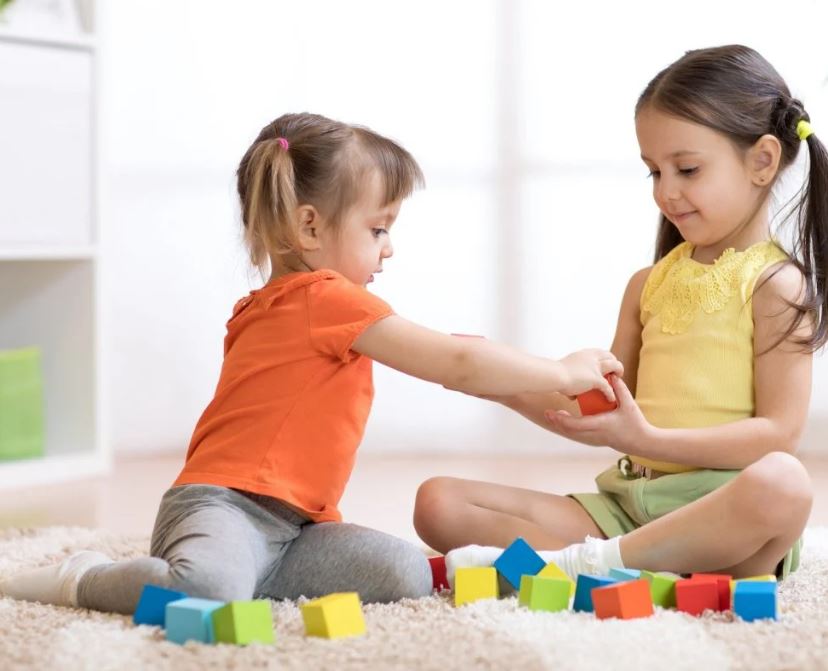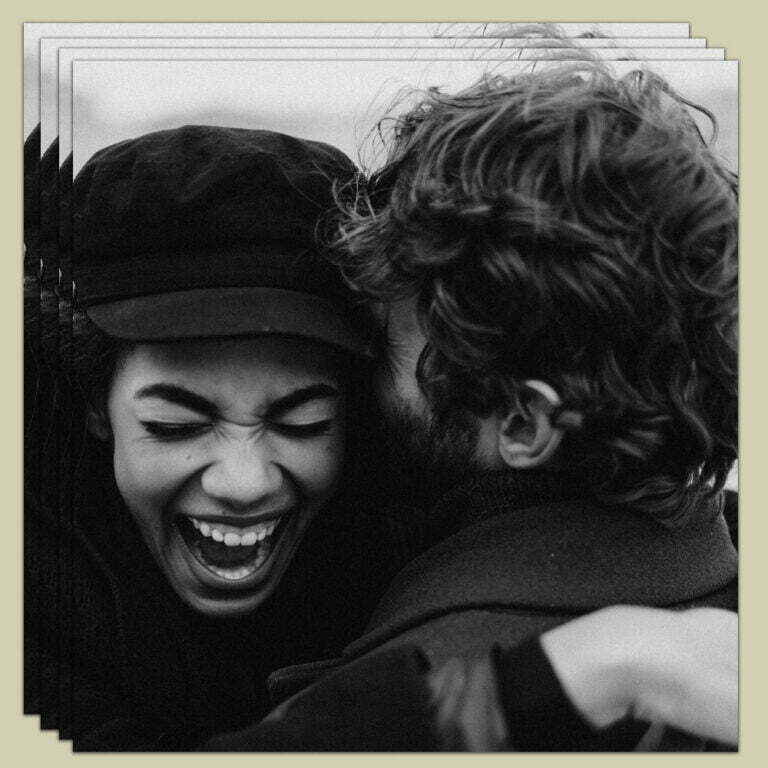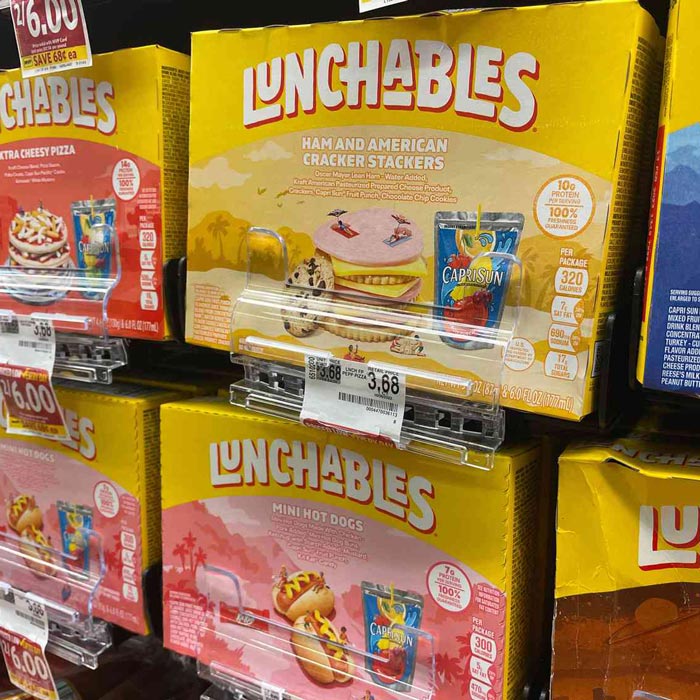11 Places in the Home That Can Be a Danger to Babies and Toddlers
As parents, our top priority is keeping our little ones safe. While our homes are meant to be a sanctuary, they can also hide unexpected hazards for babies and toddlers. Curious explorers don’t yet understand risks, making it crucial to baby-proof every corner.
In this article, we’ll uncover 11 common household danger zones and provide practical safety tips to protect your child. Whether you’re a new parent or a seasoned caregiver, this guide will help you create a safer environment for your little adventurer.
[ruby_related heading=”More Read” total=3 layout=1 offset=5]
1. Stairs – A Falling Hazard
Stairs are one of the most dangerous areas for babies and toddlers, especially when they start crawling or walking. A fall down the stairs can lead to serious injuries.
Safety Tips:
✔ Install safety gates at the top and bottom of staircases.
✔ Choose hardware-mounted gates (not pressure gates) for better stability.
✔ Teach toddlers to crawl backward when approaching stairs (once they’re old enough).
✔ Never leave a baby unattended near stairs.
2. Kitchens – Burns, Cuts, and Poisoning Risks
The kitchen is full of hazards—hot stoves, sharp knives, cleaning chemicals, and heavy appliances.
Safety Tips:
✔ Use stove knob covers to prevent accidental gas or burner activation.
✔ Keep knives, scissors, and glassware in locked drawers or high cabinets.
✔ Store cleaning supplies and detergents in high, locked cabinets.
✔ Install an oven lock to prevent burns.
✔ Always turn pot handles inward to avoid spills.
3. Bathrooms – Drowning and Slipping Dangers
A few inches of water can be deadly for a baby. Bathrooms also have slippery surfaces and toxic products.
Safety Tips:
✔ Never leave a child unattended in the bathtub—even for a few seconds.
✔ Keep toilet lids locked (use a toilet lock) to prevent drowning.
✔ Store medicines, razors, and cleaning products out of reach.
✔ Place non-slip mats in the tub and on the floor.
✔ Set your water heater below 120°F to prevent scalding.
4. Windows – Strangulation and Fall Risks
Open windows can be deadly if a child climbs onto a sill or gets tangled in blind cords.
Safety Tips:
✔ Install window guards or stops to prevent falls.
✔ Keep furniture away from windows to discourage climbing.
✔ Replace corded blinds with cordless versions to avoid strangulation.
✔ Always supervise children near open windows.
5. Electrical Outlets – Shock Hazards
Babies love sticking fingers or objects into outlets, which can lead to severe electric shocks.
Safety Tips:
✔ Use outlet covers (preferably sliding ones that stay in place).
✔ Hide cords behind furniture or use cord organizers.
✔ Replace damaged cords and outlets immediately.
6. Furniture Tip-Overs – Crushing Danger
Heavy furniture (like dressers, TVs, and bookshelves) can tip over if a child climbs on them.
Safety Tips:
✔ Anchor furniture to walls with anti-tip straps.
✔ Place heavy items on lower shelves to lower the center of gravity.
✔ Avoid placing toys or tempting items on top of furniture.
7. Cribs and Beds – Suffocation and Fall Risks
Even a baby’s sleep space can pose dangers if not set up correctly.
Safety Tips:
✔ Use a firm mattress with a fitted sheet (no soft bedding, pillows, or stuffed animals).
✔ Ensure crib slats are no more than 2⅜ inches apart to prevent entrapment.
✔ Lower the crib mattress as your baby grows to prevent climbing out.
✔ Avoid bumper pads, which can cause suffocation.
8. Laundry Rooms – Choking and Chemical Hazards
Detergent pods, small buttons, and heavy appliances can be dangerous.
Safety Tips:
✔ Keep detergent pods and chemicals in high, locked cabinets.
✔ Store laundry baskets away from reach (small socks or buttons are choking hazards).
✔ Always close washer/dryer doors to prevent climbing inside.
9. Doors and Hinges – Pinching Hazards
Little fingers can easily get caught in closing doors or hinges.
Safety Tips:
✔ Install door stoppers or hinge guards.
✔ Teach toddlers to keep hands away from doors.
10. Plants – Poisoning Risks
Some common houseplants are toxic if ingested.
Safety Tips:
✔ Research if your plants are toxic (e.g., lilies, philodendrons, pothos).
✔ Keep plants out of reach or opt for artificial ones.
11. Toy Boxes – Suffocation and Injury Risks
Lids can slam shut, and small toy parts can be choking hazards.
Safety Tips:
✔ Use lidless toy bins or ones with soft-close hinges.
✔ Regularly check toys for broken parts.
Final Thoughts: A Safe Home is a Happy Home
Baby-proofing is an ongoing process—as your child grows, new risks emerge. Regularly reassess your home and get down to your child’s eye level to spot hidden dangers.
By taking these precautions, you can create a secure environment where your little one can explore safely. Which area of your home will you baby-proof next? Share your thoughts in the comments!






